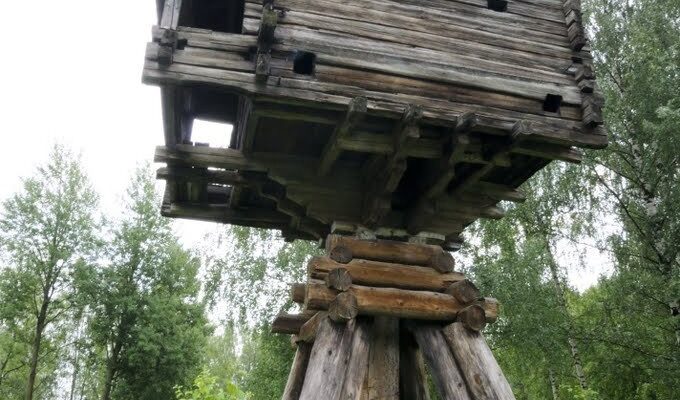Museum of Wooden Architecture in Kostroma
The Museum of Wooden Architecture (Kostroma Sloboda) was created in 1958 on the territory of the Ipatiev Monastery. Not a single ancient wooden building in Kostroma itself has not survived, so from the territory of the Kostroma region various buildings were brought here: dwellings of poor and wealthy peasants, barns, ovines, bathhouses with stoves, mills, wooden churches and chapels.
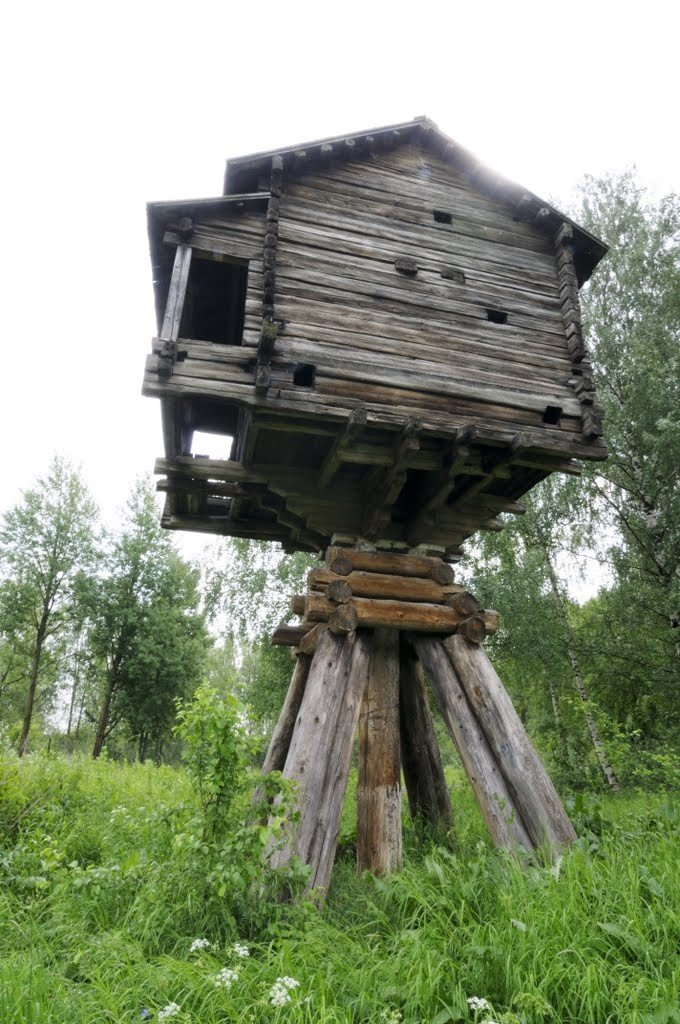
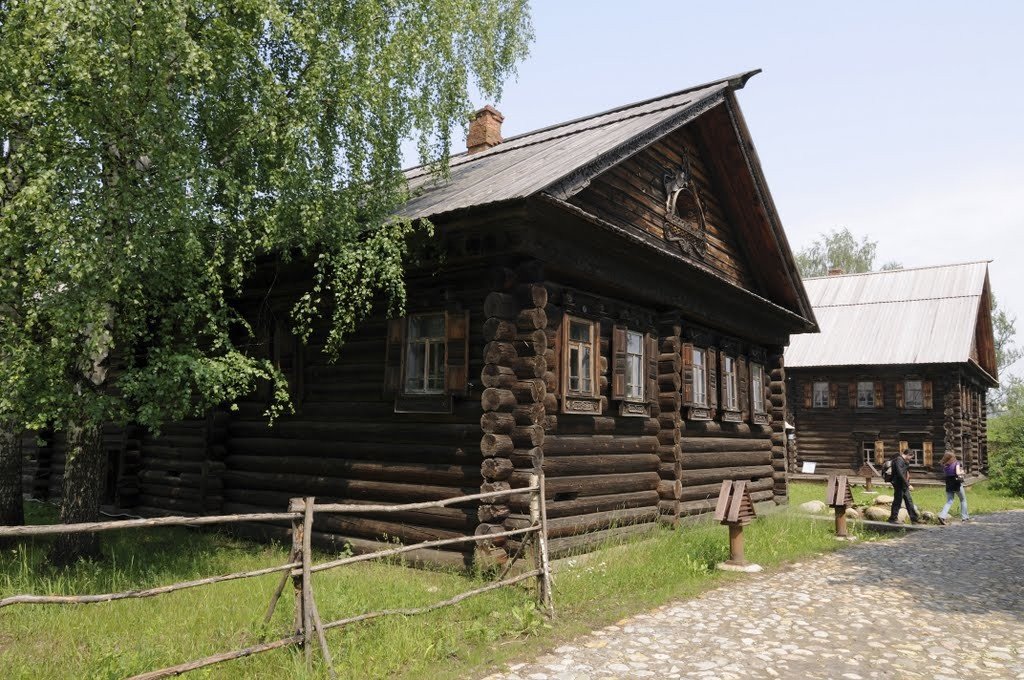
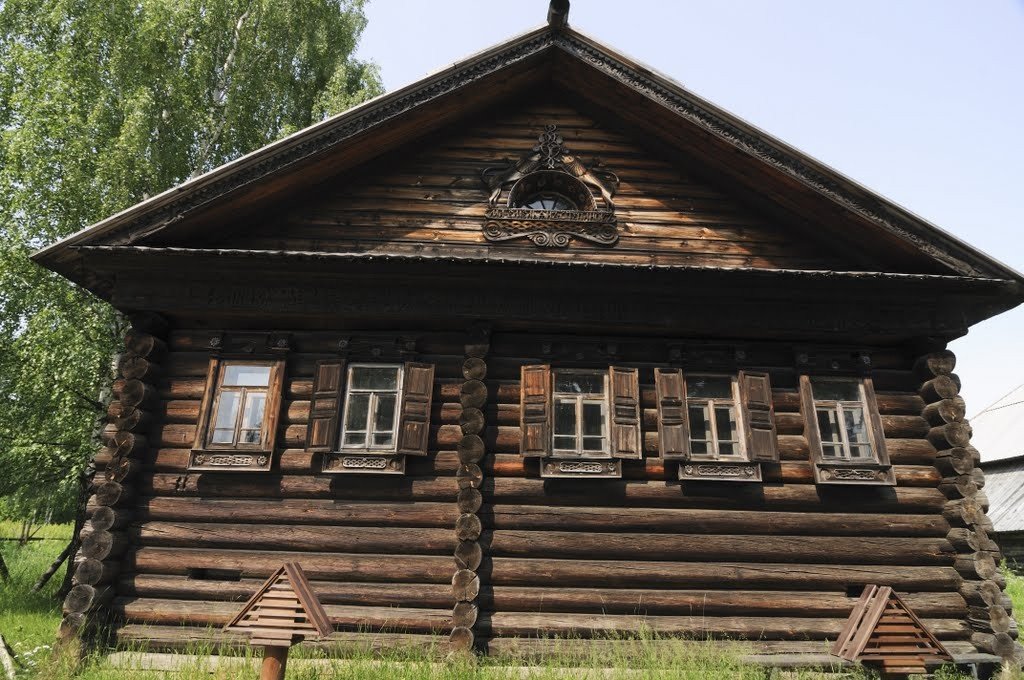
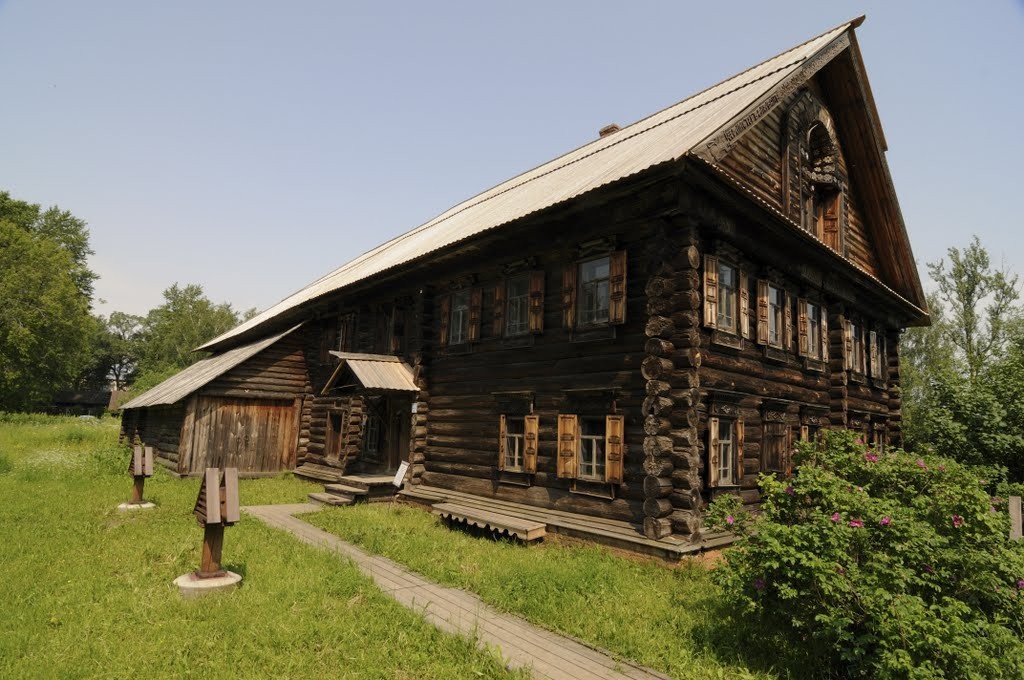
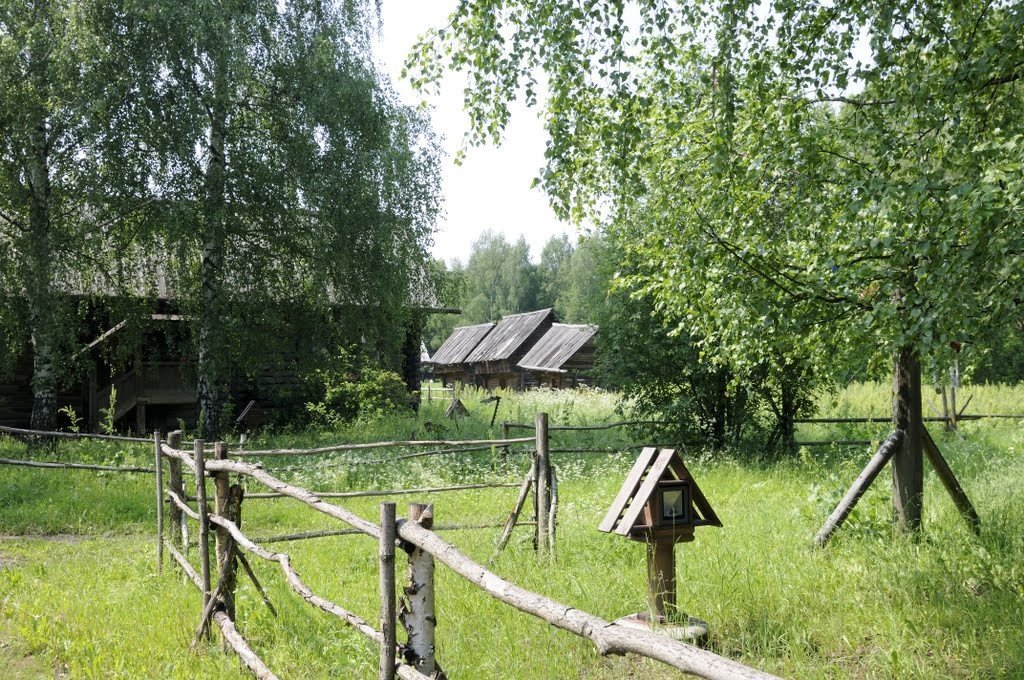
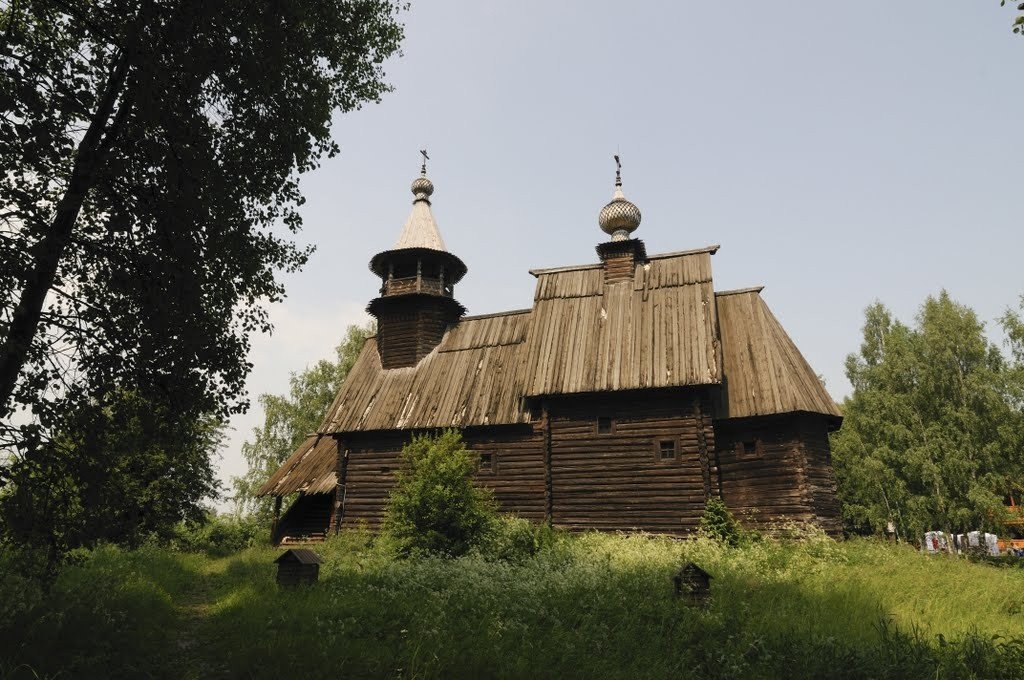
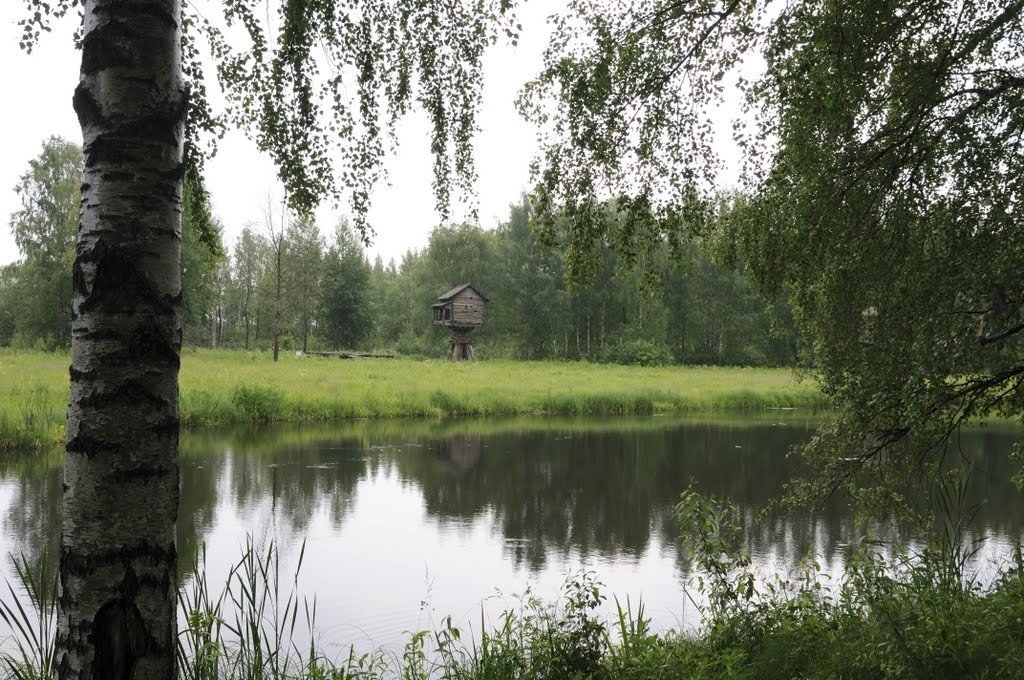
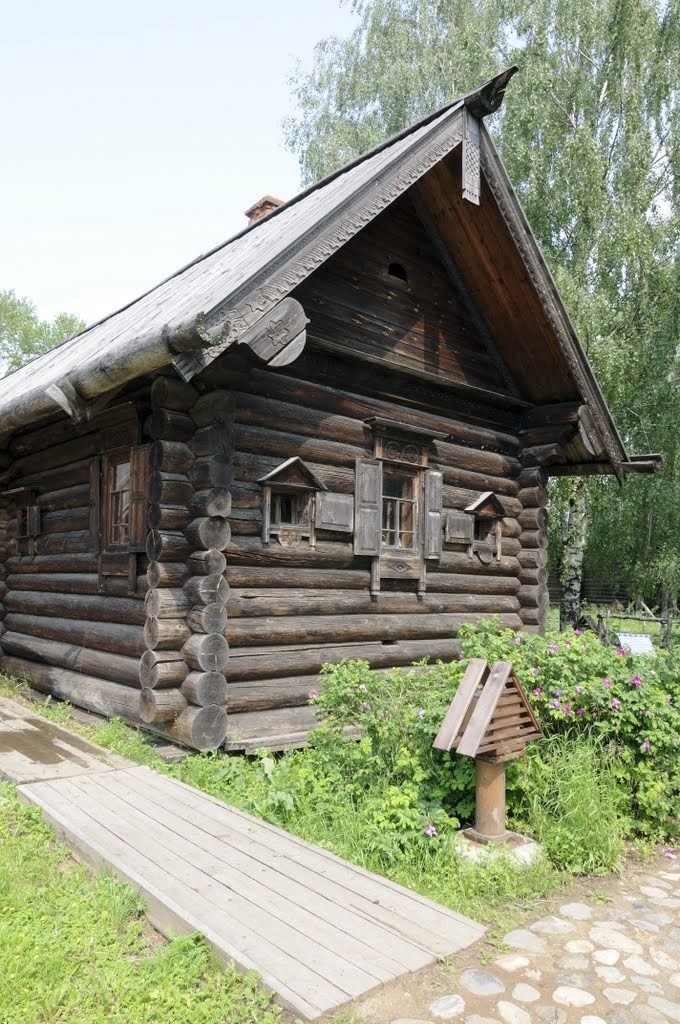
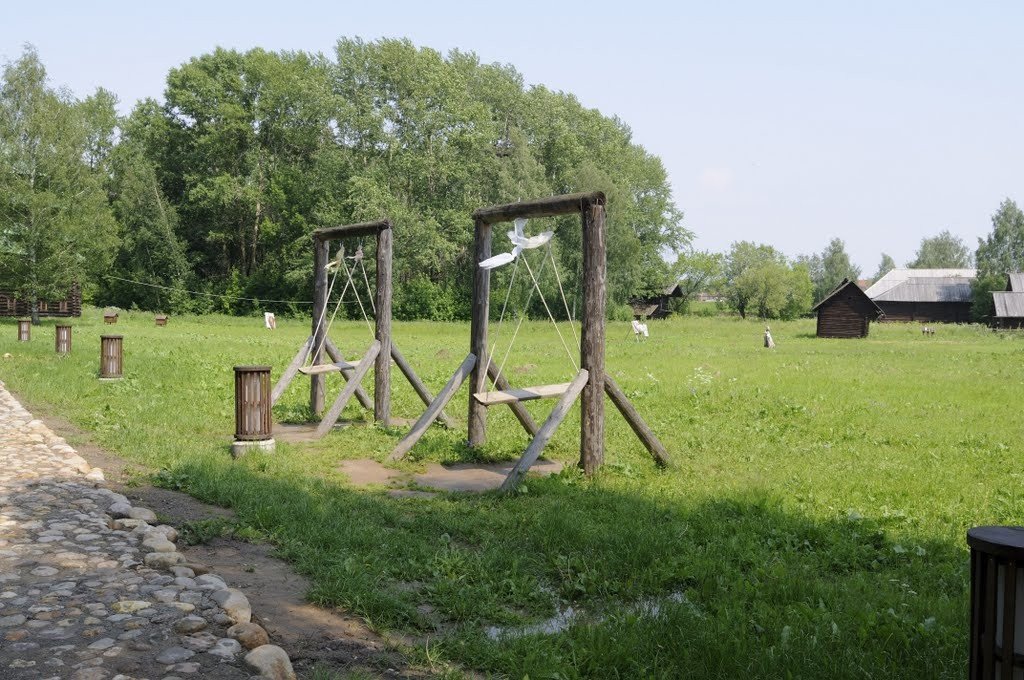
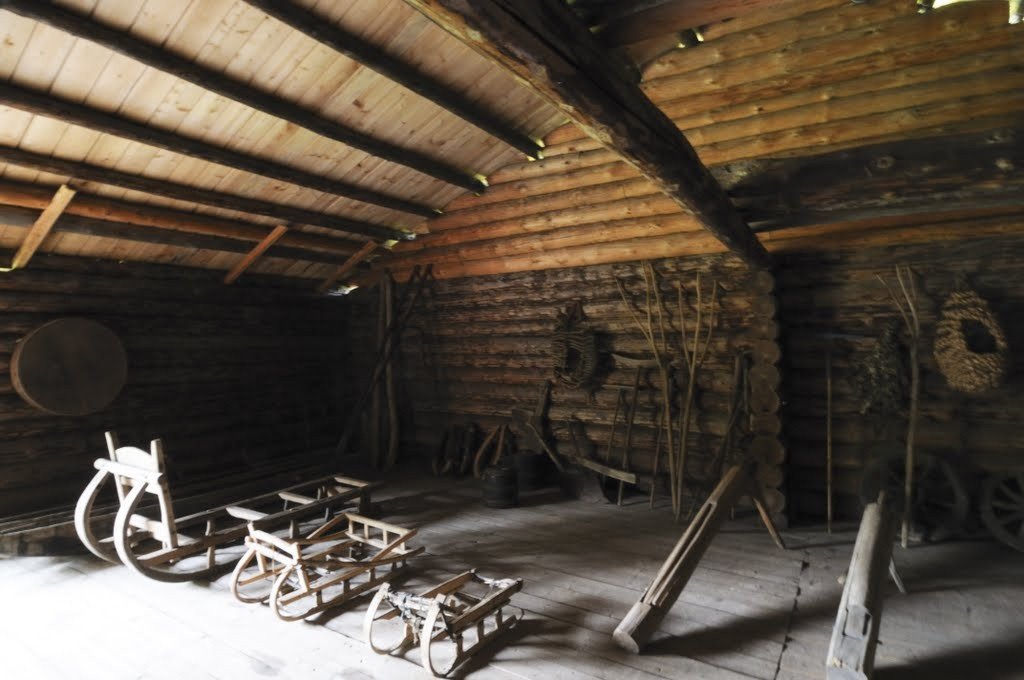
Highlights
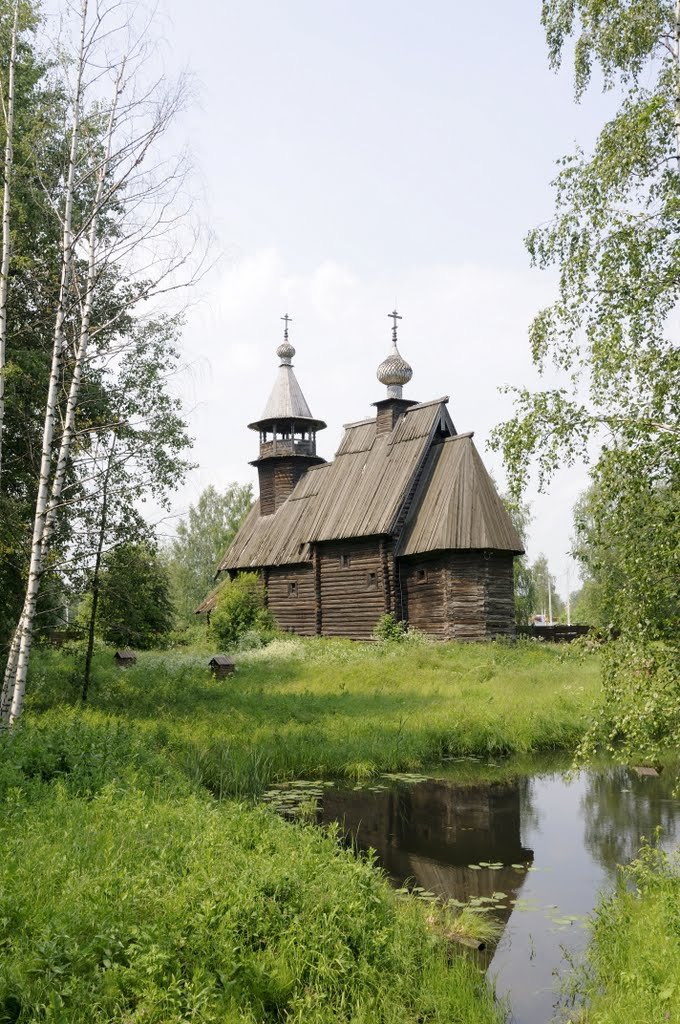
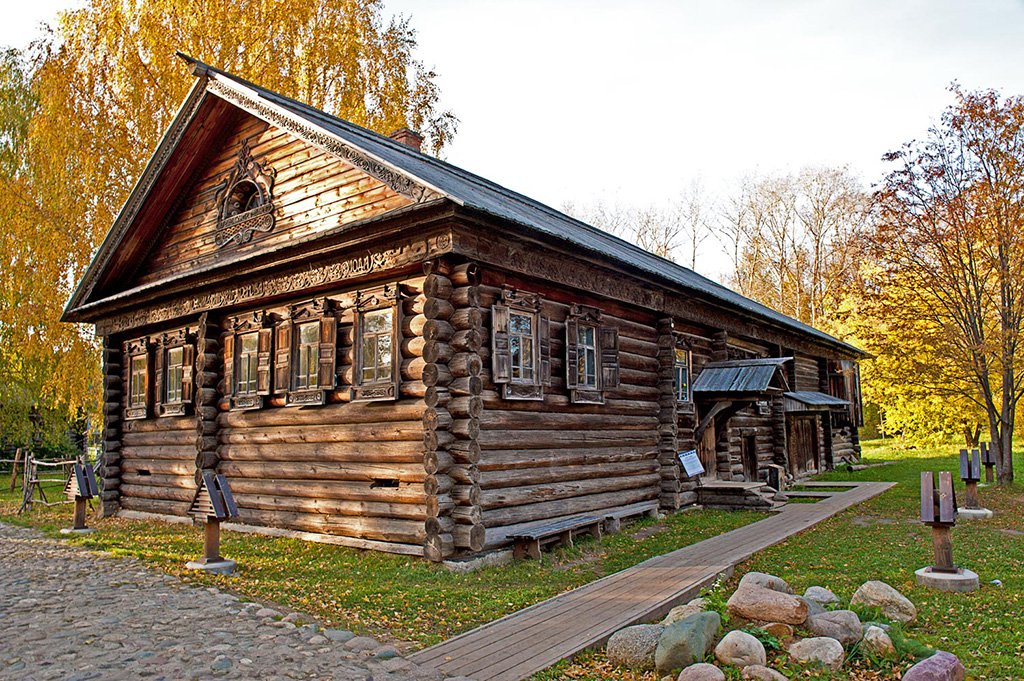
Interesting facts
The village of Spas-Vezhi is the birthplace of Nekrasov’s grandfather Mazai.
The Church of the All-Merciful Savior of 1712 belongs to the widespread type of cage churches. It consists of four “cells” – chancel, quadrangle, refectory and porch, in the roof of which is cut octagonal bell tower.
.
Houses are brought to the Museum of Wooden Architecture in disassembled form and assembled on site. The interior is furnished with items of Old Russian life.
.
In the barns from the village of Sobakino, Nerekht district, built in the late 19th century, grain stocks were stored.
.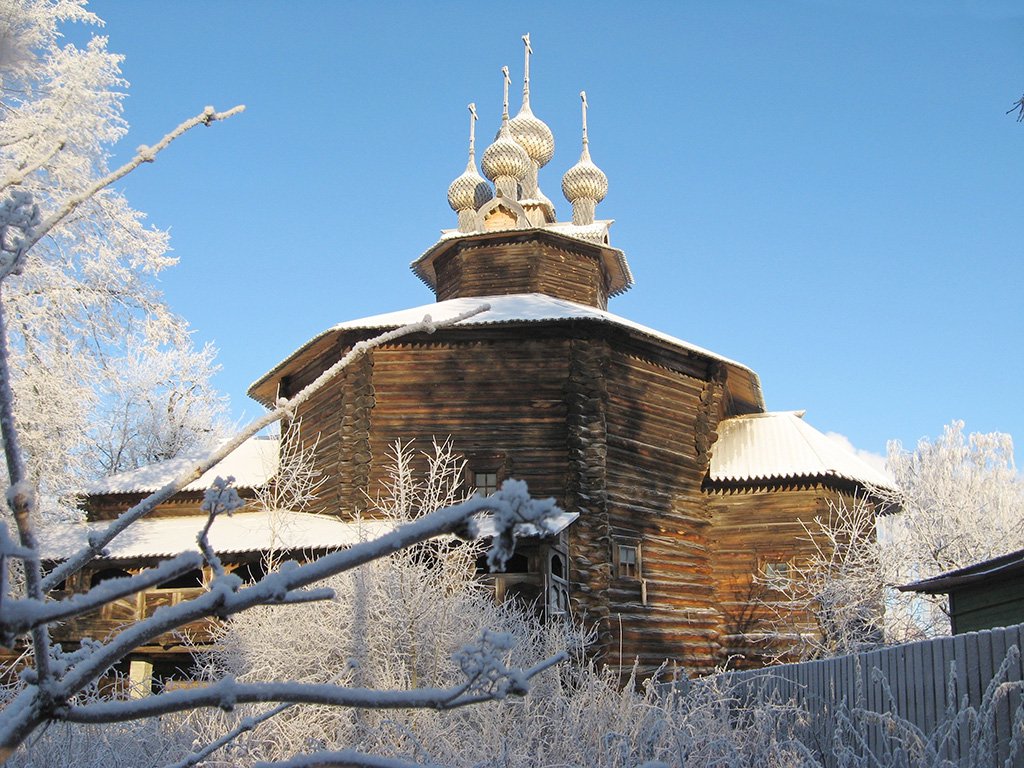
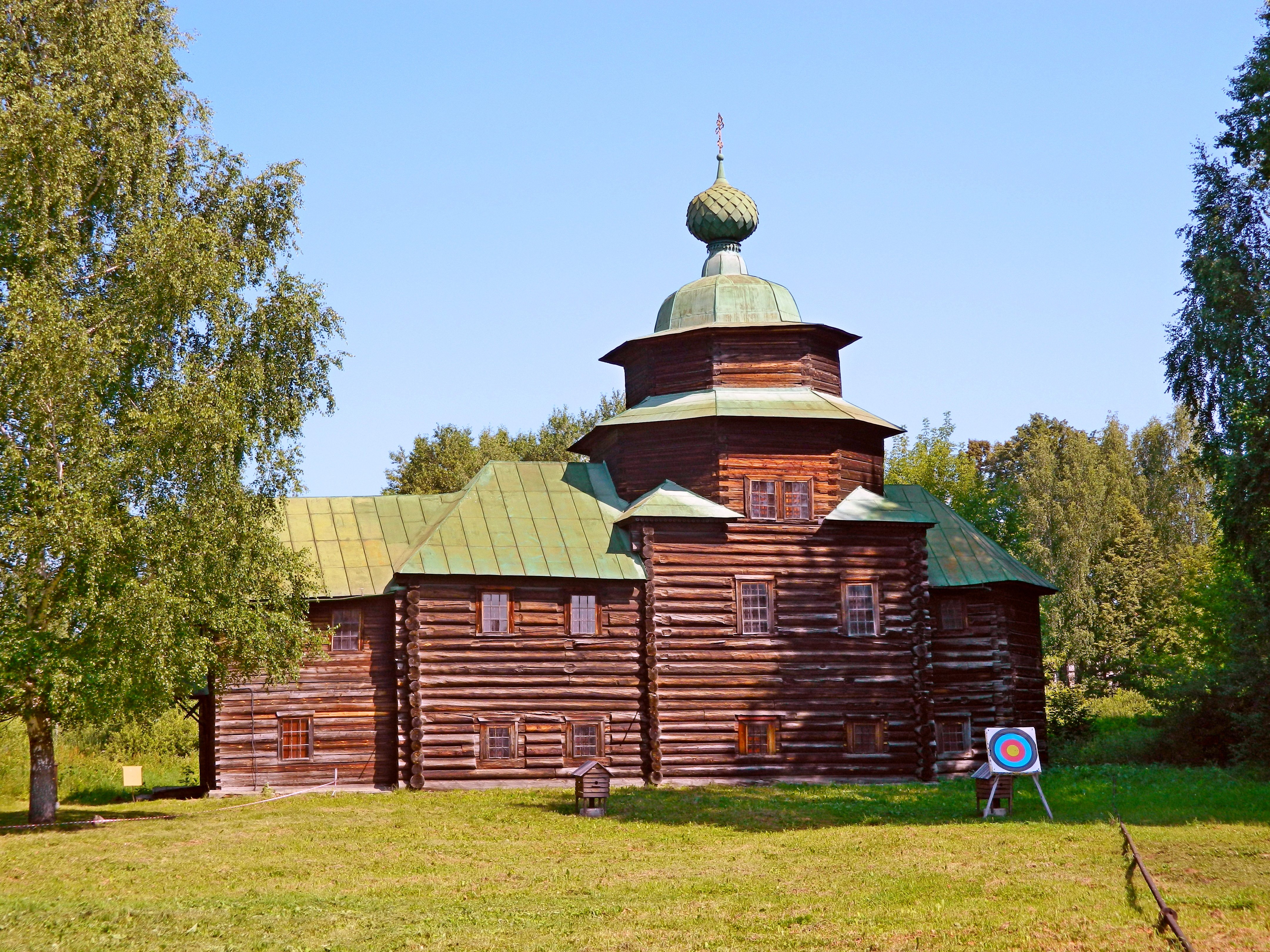
The baths from the village of Vederki, Kostroma district, cut down in the XIX century, are put, like all the buildings of the village, on oak piles. This is explained by the fact that the village was located on the territory of the Kostroma lowland, which was flooded with water during spring floods.
In the hut of peasant woman Chapygina from the village of Bolshoye Andreikovo, Nerekht district, built in the XIX century, restored a typical interior of a poor peasant family.
.The house of peasant Skobelkin from the village of Strelnikovo, Kostroma district, cut down in the middle of the 18th century, belonged to the Old Believers who bought it from the Streltsy who lived in these parts.
.